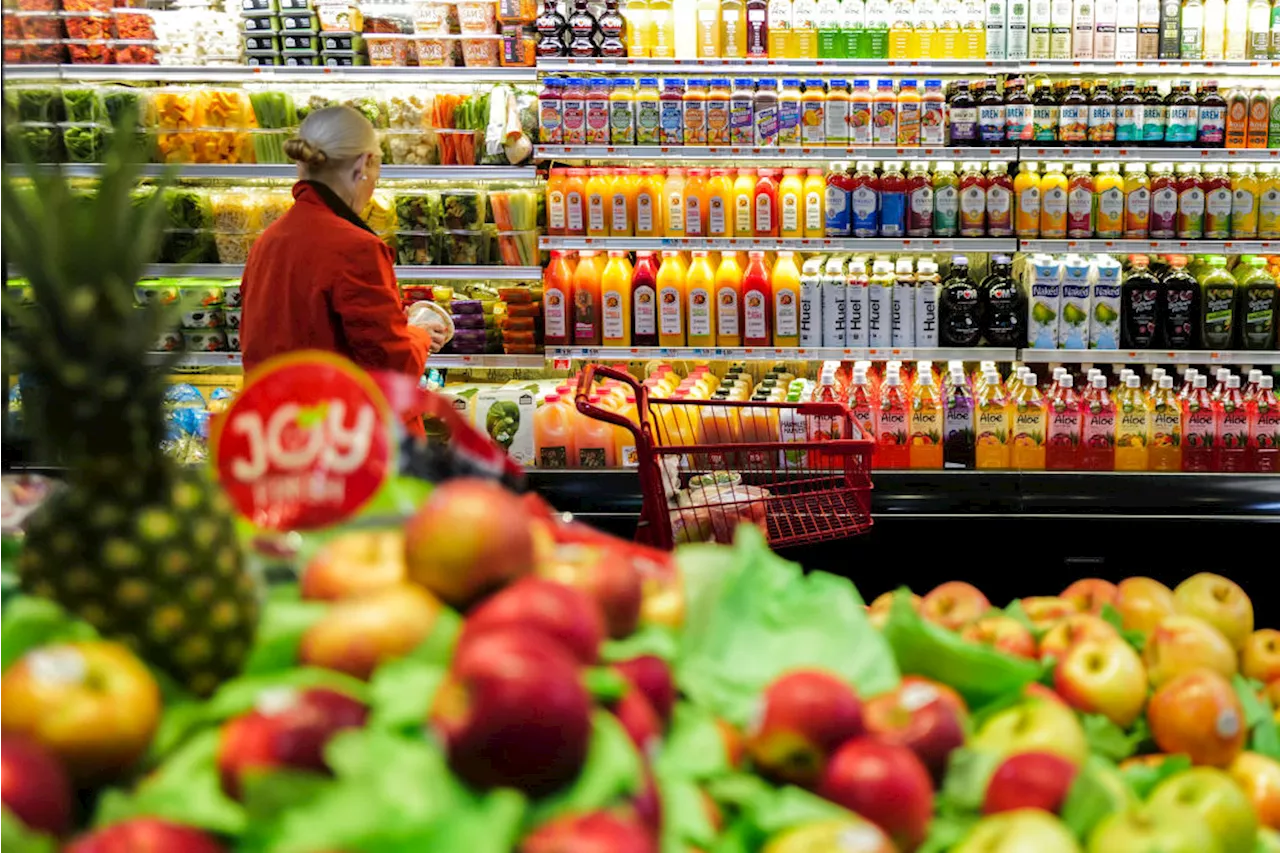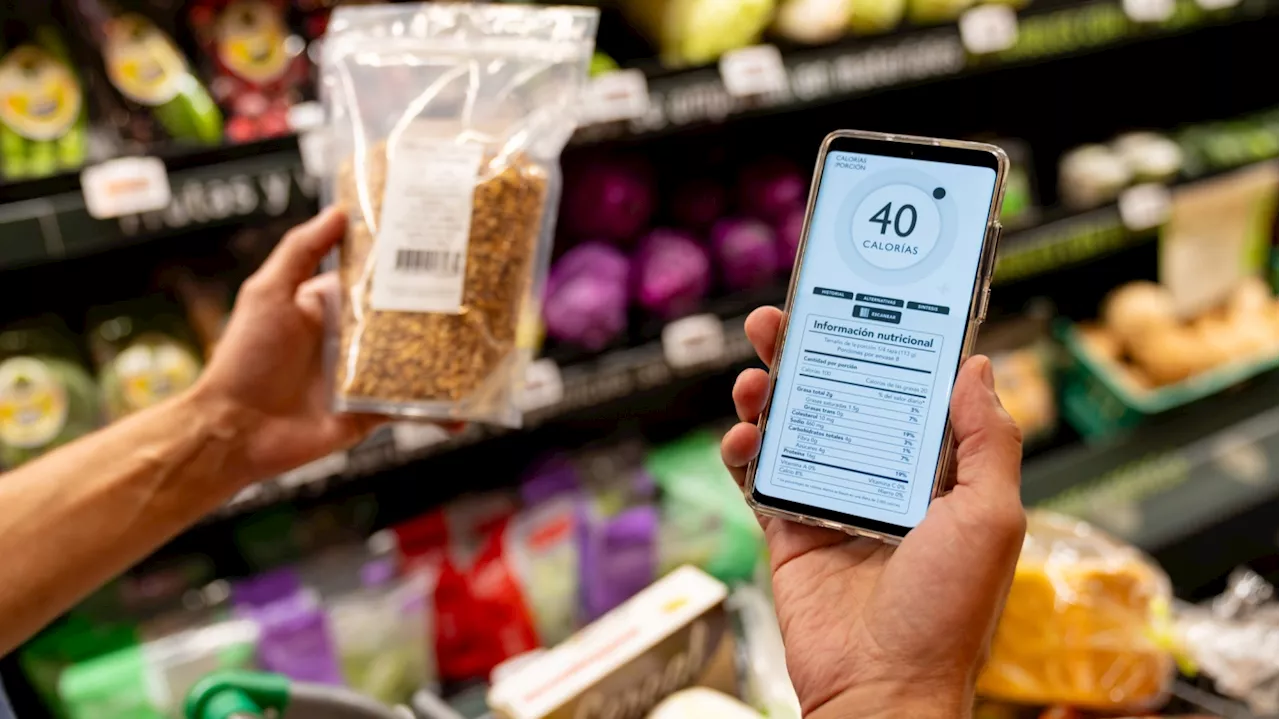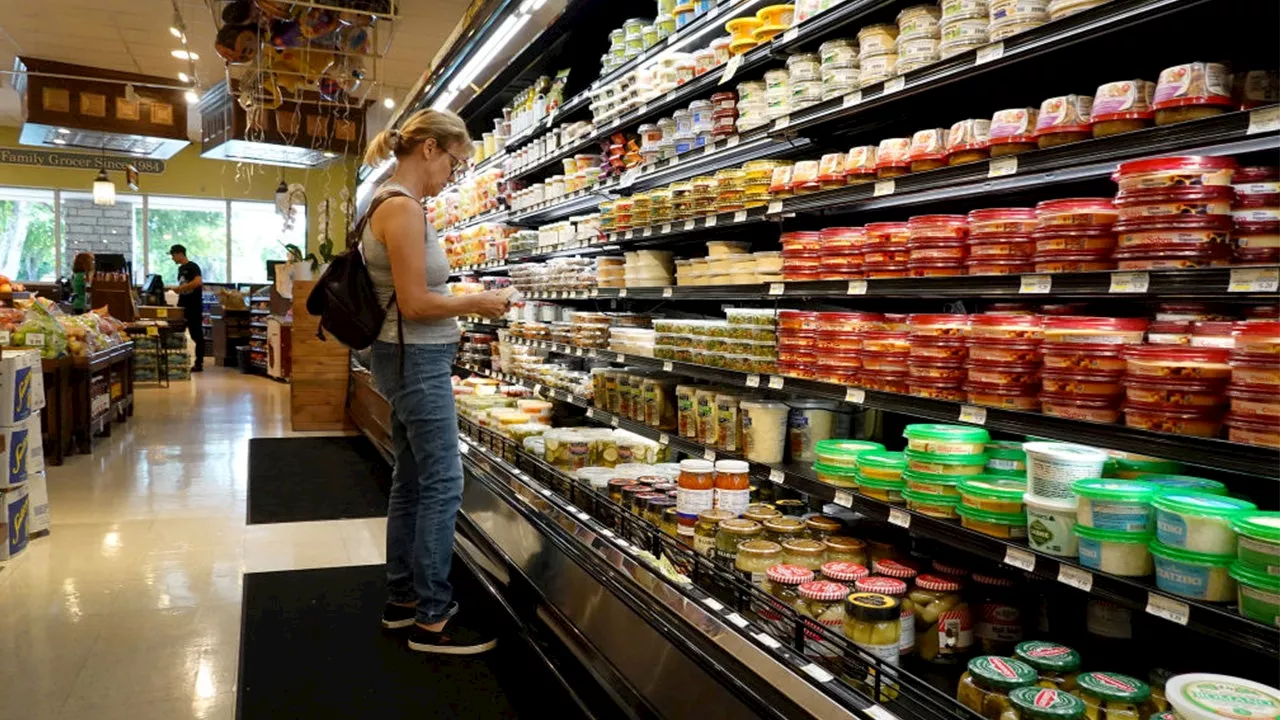The Food and Drug Administration (FDA) has banned the use of Red No. 3, a synthetic dye linked to cancer in animals, in all food and beverages sold in the United States. The ban, effective January 2027, comes after years of advocacy from consumer groups and lawmakers who raised concerns about the dye's potential health risks.
The Food and Drug Administration ( FDA ) announced on Wednesday a ban on Red No. 3 , a synthetic dye commonly used to give food and beverages their vibrant red cherry hue. This decision comes after years of advocacy from consumer groups and some lawmakers who raised concerns about its potential link to cancer in animals and possible effects on children's behavior. Red No.
3 is still present in thousands of food products, including candies, cereals, cherries in fruit cocktails, and strawberry-flavored milkshakes, according to the Center for Science in the Public Interest (CSPI), a food safety advocacy group that petitioned the FDA in 2022 to eliminate its use. The FDA's decision, hailed as a victory by consumer advocates, follows evidence suggesting that Red No. 3 consumption, particularly in beverages, dietary supplements, cereals, and candies, may contribute to cancer development. The FDA will give food manufacturers until January 15, 2027, to reformulate their products and remove Red No. 3. Companies producing ingested drugs, like dietary supplements, will have an additional year. Jim Jones, the FDA's deputy director for human foods, stated in a press release: 'The FDA cannot authorize a food additive or color additive if it has been found to cause cancer in human or animals. Evidence shows cancer in laboratory male rats exposed to high levels of FD&C Red No. 3.'
FOOD DYE CANCER FDA RED NO. 3 HEALTH CONCERNS CONSUMER ADVOCACY
United States Latest News, United States Headlines
Similar News:You can also read news stories similar to this one that we have collected from other news sources.
 FDA Overhauls 'Healthy' Food Label GuidelinesThe Food and Drug Administration (FDA) is updating its definition of 'healthy' for food labels, focusing on the inclusion of nutritious ingredients rather than the exclusion of certain nutrients. The new guidelines prioritize foods rich in whole grains, dairy, eggs, beans, lentils, seafood, lean meat, nuts, and seeds, as long as they have limited added sugar, salt, and saturated fat. This shift aims to provide clearer guidance for consumers navigating nutrition labels.
FDA Overhauls 'Healthy' Food Label GuidelinesThe Food and Drug Administration (FDA) is updating its definition of 'healthy' for food labels, focusing on the inclusion of nutritious ingredients rather than the exclusion of certain nutrients. The new guidelines prioritize foods rich in whole grains, dairy, eggs, beans, lentils, seafood, lean meat, nuts, and seeds, as long as they have limited added sugar, salt, and saturated fat. This shift aims to provide clearer guidance for consumers navigating nutrition labels.
Read more »
 FDA Sets New 'Healthy' Food StandardsIn an effort to promote healthier eating habits, the FDA has introduced new guidelines defining what constitutes a 'healthy' food product. These rules establish limits on added sugars, sodium, and saturated fat, encouraging consumers to make more informed choices at the grocery store.
FDA Sets New 'Healthy' Food StandardsIn an effort to promote healthier eating habits, the FDA has introduced new guidelines defining what constitutes a 'healthy' food product. These rules establish limits on added sugars, sodium, and saturated fat, encouraging consumers to make more informed choices at the grocery store.
Read more »
 FDA Sets New 'Healthy' Food Standards to Combat Diet-Related DiseasesThe Food and Drug Administration (FDA) has updated its definition of 'healthy' food, aiming to empower consumers to make healthier choices. The new rules focus on limiting added sugars, sodium, and saturated fat while encouraging certain food groups. Food companies can voluntarily use a 'healthy' claim on their packages if they meet these criteria.
FDA Sets New 'Healthy' Food Standards to Combat Diet-Related DiseasesThe Food and Drug Administration (FDA) has updated its definition of 'healthy' food, aiming to empower consumers to make healthier choices. The new rules focus on limiting added sugars, sodium, and saturated fat while encouraging certain food groups. Food companies can voluntarily use a 'healthy' claim on their packages if they meet these criteria.
Read more »
 New FDA Guidelines Redefine 'Healthy' on Food LabelsThe FDA is updating its food label guidelines, shifting focus from what foods *shouldn't* contain to what they *should* contain. Products rich in nutrients like whole grains, dairy, eggs, legumes, seafood, lean meat, nuts, and seeds can now be labeled 'healthy' as long as they have limited added sugar, salt, and saturated fat. This change aims to provide shoppers with clearer guidance on nutritional choices.
New FDA Guidelines Redefine 'Healthy' on Food LabelsThe FDA is updating its food label guidelines, shifting focus from what foods *shouldn't* contain to what they *should* contain. Products rich in nutrients like whole grains, dairy, eggs, legumes, seafood, lean meat, nuts, and seeds can now be labeled 'healthy' as long as they have limited added sugar, salt, and saturated fat. This change aims to provide shoppers with clearer guidance on nutritional choices.
Read more »
 FDA Redefines 'Healthy' Food ClaimsThe FDA is updating its definition of 'healthy' food claims, focusing on nutrient-rich foods and eliminating loopholes that allowed for the labeling of less nutritious products as 'healthy'.
FDA Redefines 'Healthy' Food ClaimsThe FDA is updating its definition of 'healthy' food claims, focusing on nutrient-rich foods and eliminating loopholes that allowed for the labeling of less nutritious products as 'healthy'.
Read more »
 FDA Updates 'Healthy' Food Label DefinitionThe FDA is updating its definition of 'healthy' foods after 30 years, aiming to help consumers make healthier choices. The new rule includes limits on added sugars, sodium, and saturated fat, and allows foods like avocados, olive oil, and salmon to be labeled as 'healthy'.
FDA Updates 'Healthy' Food Label DefinitionThe FDA is updating its definition of 'healthy' foods after 30 years, aiming to help consumers make healthier choices. The new rule includes limits on added sugars, sodium, and saturated fat, and allows foods like avocados, olive oil, and salmon to be labeled as 'healthy'.
Read more »
